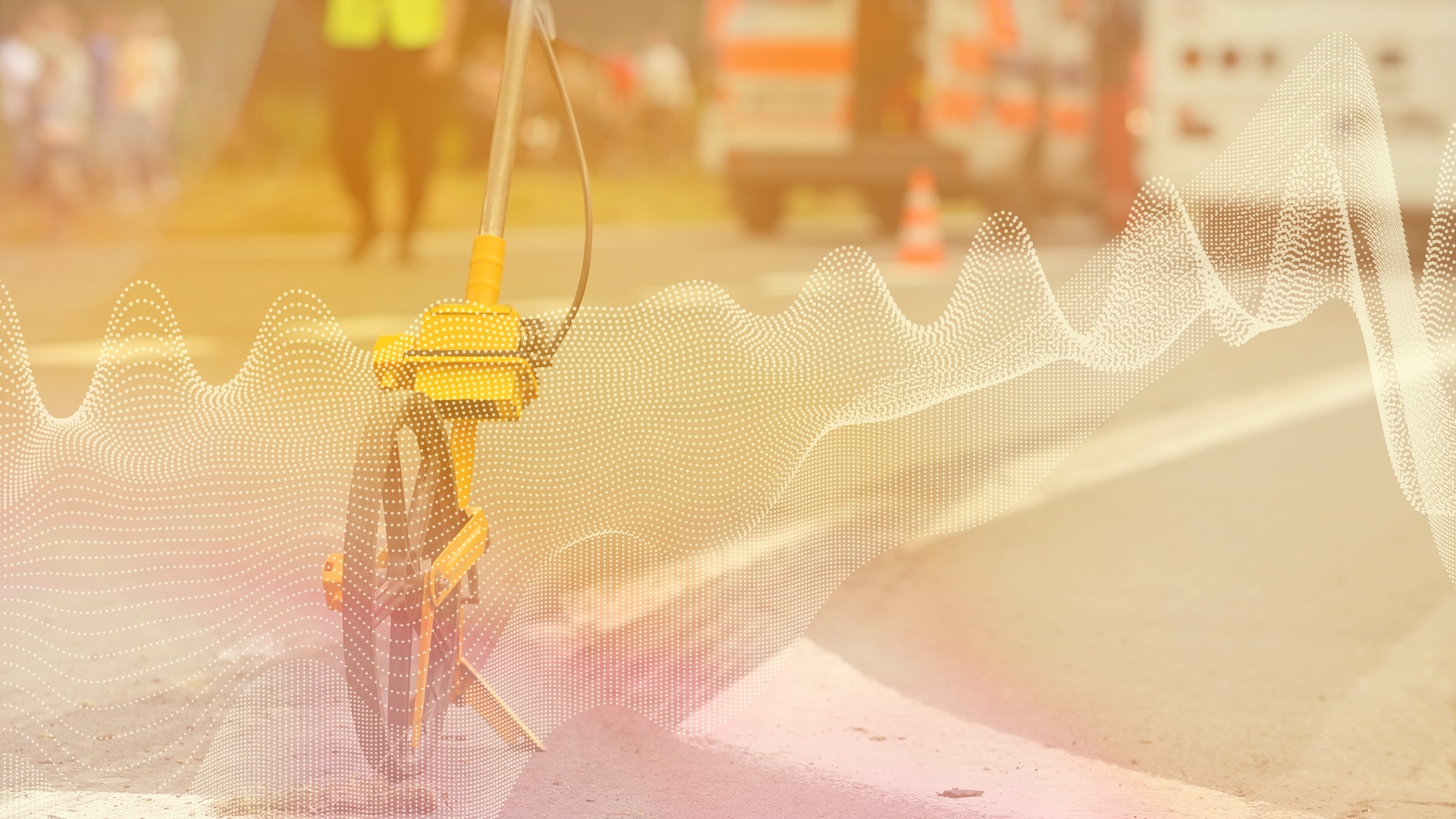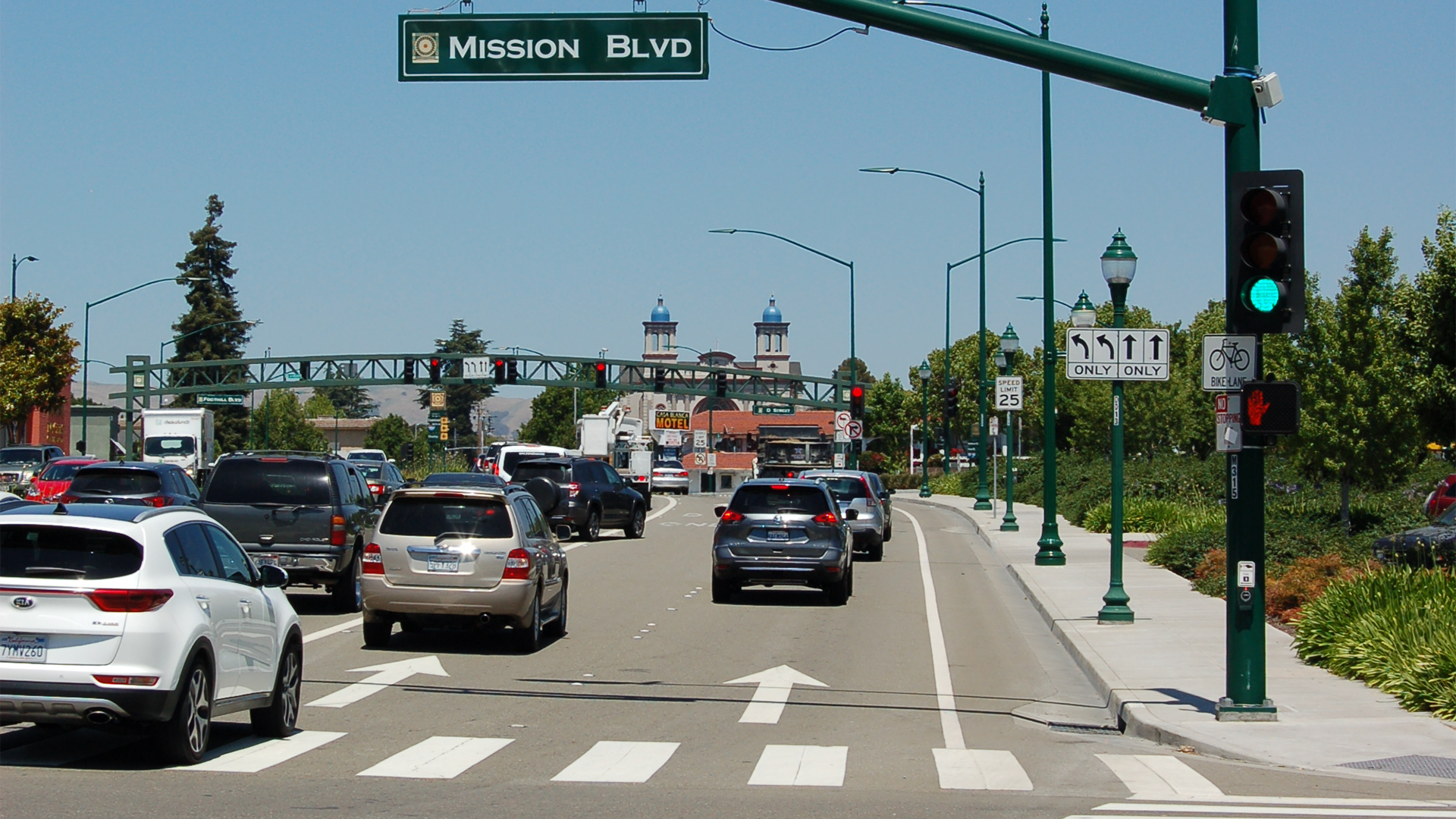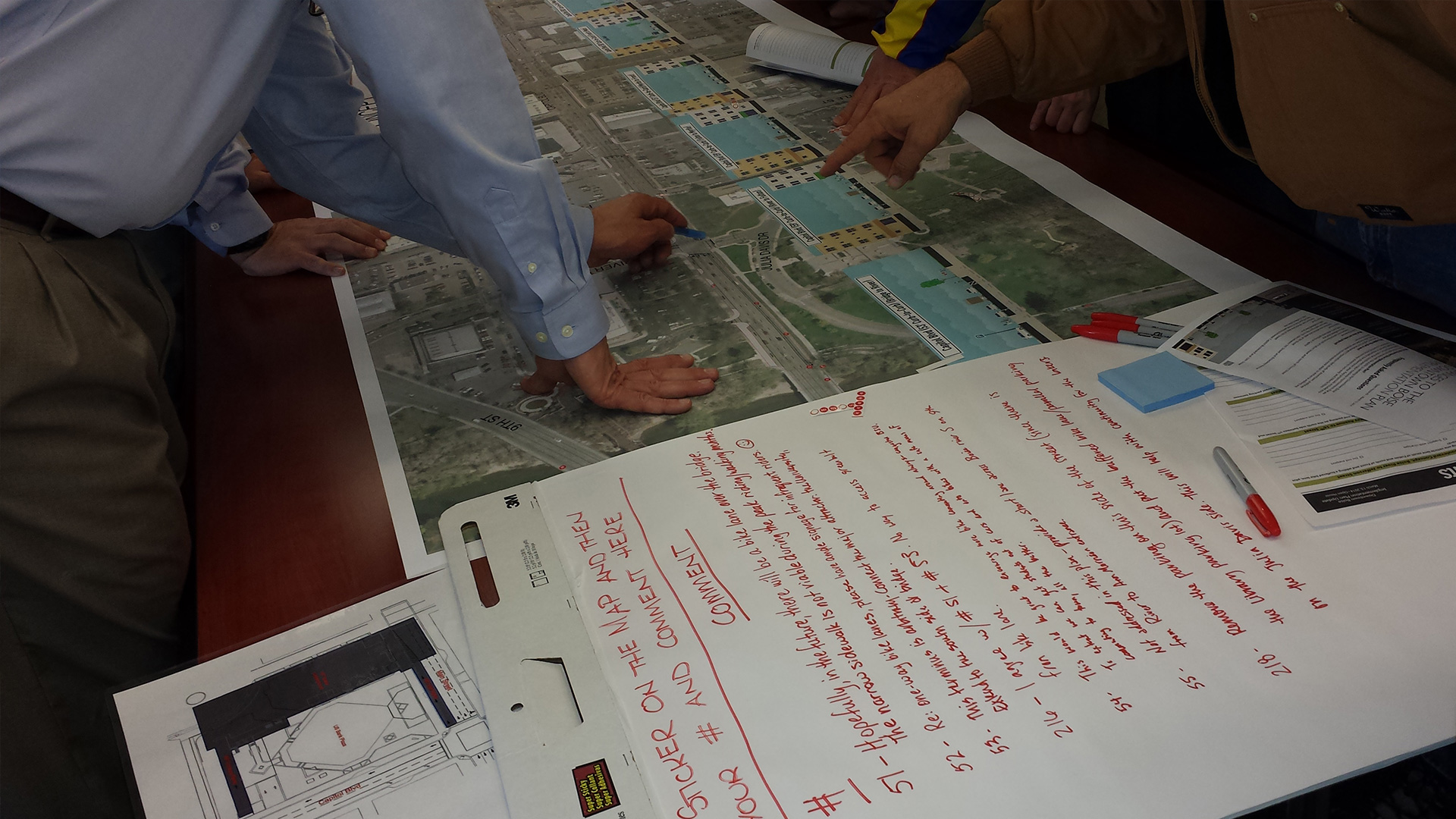Challenge
With the subway, public bus, biking, walking, single-occupant vehicles, taxis, Uber/Lyft, tour buses, and delivery trucks all having access to Harvard Square, it’s safe to say it’s a busy destination. The diversity of transportation modes can lead to conflicts between modes and safety issues. Additionally, the existing street network includes a number of one-way, multi-lane roads that serve both local and regional traffic. Recent bicycle infrastructure pilot projects on specific streets have raised the larger question of how the network through the square functions for people coming in and out in different ways.
Solution
Kittelson worked with the Harvard Square Business Association to examine the multimodal network and propose a vision for reorganizing traffic circulation and calming traffic speeds. The project team also met with local bicycle advocates and the City of Cambridge to better understand the bicycling, loading zone, and Uber/Lyft pick-up/drop-off needs.
The Outcome
Re-Imagining Movement Through Harvard Square
A “re-imagined” Harvard Square draws inspiration from local, national, and international examples to create a destination zone with slow streets, activated streetscapes, and lively public spaces. The study recommends traffic circulation be re-organized to open up one-way streets to two-way travel, allowing more options for circulation throughout the square.



